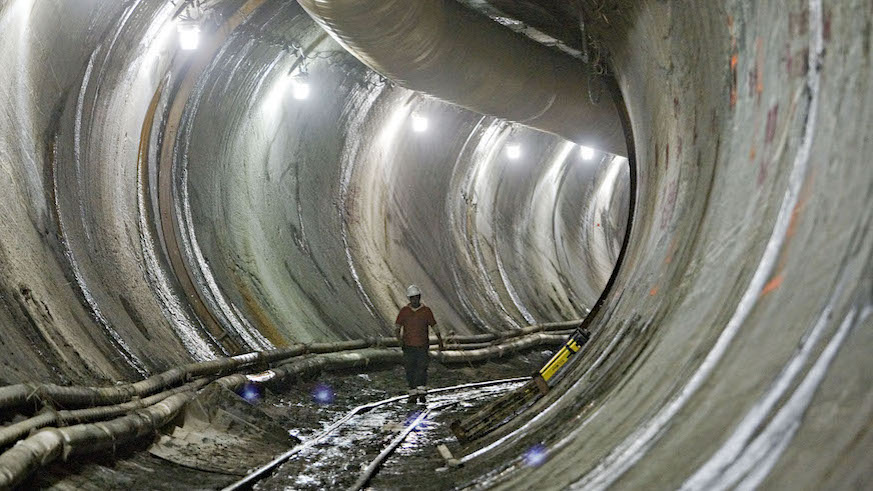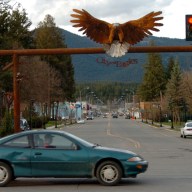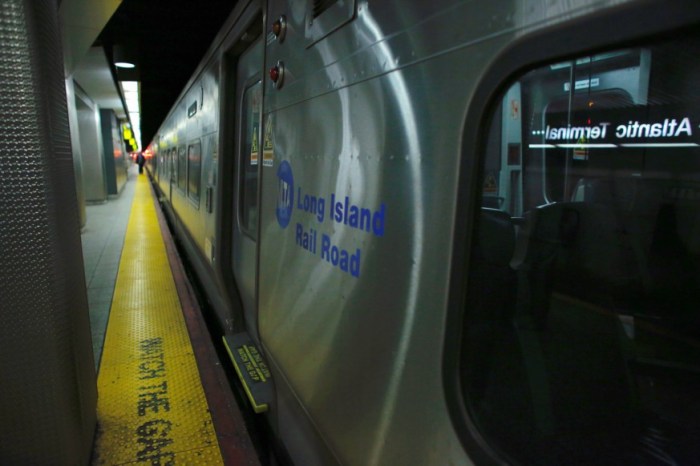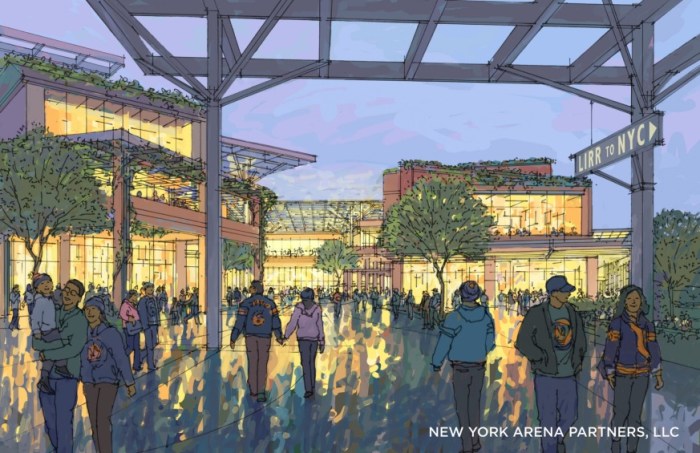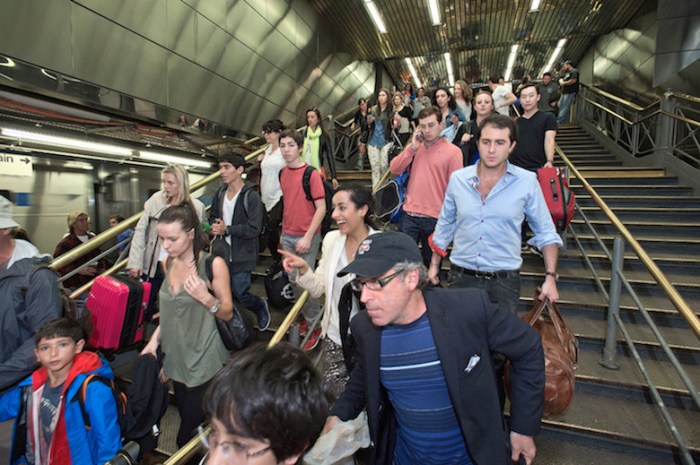At the July MTA board meeting, it was announced that construction of the Long Island Rail Road East Side Access to Grand Central Terminal will fall behind several more months. This follows previous announcements of further delays in March. The completion date may slip once again by one year from December 2022 to December 2023, and the costs might also increase. We have heard this story over and over since 2001. I have previously written and predicted about both possibilities over the past years, and sadly they have come true. A cat has nine lives, and this project may have already used them all up.
The original Full Funding Grant Agreement (FFGA) between the Federal Transit Administration (FTA) and MTA was approved in December 2006. The $2.63 billion of federal grant funding remains unchanged (virtually all of which has already been spent) with the MTA as a local sponsor having to cover the $6 billion and growing cost overruns. Ten years later in August 2016, the FTA-amended FFGA was signed off by both US DOT FTA and the MTA. After years of negotiations, the MTA and FTA finally came to an agreement, which would reflect the true current cost and schedule. Both the cost went up and first revenue day of service slipped once again. Taxpayers may end up paying $12 billion or more in direct costs for this project. The odds have increased that riders may have to wait until December 31, 2023, or later before boarding the first LIRR train to Grand Central Terminal.
The MTA has repeatedly increased the budget by billions and pushed back the first day of service by years. On numerous occasions, the MTA has blamed Amtrak for being responsible for additional delays on the progression of this project. Insufficient support from Amtrak has been responsible for periodic delays since 2006. This includes failures to provide both sufficient track outages along with Amtrak Force Account (employee) support. As a result, both LIRR workers and ESA third-party contractors have had problems with timely and adequate access to work sites necessary to progress the project. This problem will grow even worse in coming years with all the Penn Station emergency repairs. Amtrak needs to assign its own limited Force Account staff to work in both the Hudson and East River Tunnels, Penn Station and other competing projects along the Northeast Corridor between Washington and Boston including the new $29 billion Gateway Tunnel (between New Jersey and Penn Station) and $3 billion Moynihan Penn Station rather than support the ESA project. Just like Amtrak, the LIRR may also have an insufficient force, including inadequate numbers of certified signal maintainers and other specialized trade employees to support annual routine state-of-good-repair systemwide projects, installation of Positive Train Control, additional work in the East River Tunnels and $2 billion Main Line Third Track, along with ESA. How will the LIRR be able to coordinate daily track outages and go-slow work zones to support all of this work, while at the same time providing the basic service? There is no guarantee that these issues will be resolved any time soon. This could result in missing the December 31, 2023, first day of passenger service.
Since 2001, the total direct cost for MTA LIRR ESA to Grand Central Terminal has grown from $3.5 billion to $4.3 billion in 2003, $6.3 billion in 2006, $8.4 billion in 2012, $10.8 billion in 2014 and easily up to $12 billion or more when finally completed. Based upon past history, the final cost might go up again over the next six years by $1 billion or more. The anticipated opening day for passenger revenue service date has slipped on numerous occasions from 2011 to December 2022 and now December 2023. Over the next seven years, will both this date and budget hold? No one should be surprised if it ends up in 2024. The MTA has repeatedly missed every budget and schedule for this project. They have ended up being worthless paper.
When it comes to completion of ESA, the 1960’s LIRR motto “Line of the Dashing Dan” in 2017 should be “Line of the Slow-moving Sloth.”
Larry Penner is a transportation historian and advocate who previously worked 31 years for the US Department of Transportation Federal Transit Administration Region 2 NY Office.

